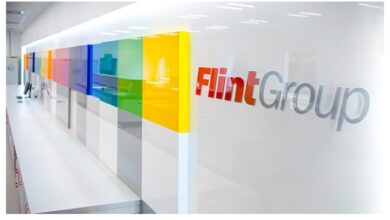Premium paper will always be in demand for office use
Antonio Soares, marketing director, Navigator Company, indicates that jam-free performance,the biggest printing concern for office staff,makes the case for premium paper, which can also provide enhanced printing quality and consistency while reducing costs.
What sustains demand for premium office paper?
Premium office paper can be used to enhance any company’s paper presentations and printed internal communications. Similar to any ordinary paper, premium versions are aimed at regular office useto enhance customer presentations, contracts, and internal newsletters with better color reproduction, whiteness and smoothness.
What is the best office paper as far as consumers are concerned?
The importantbuying criteria for paper consumers are performance parameters such as runnability, printing quality, and consistency, followed by other paper characteristics such as whiteness, smoothness, and thickness. The biggest concern for consumers is the jamming of papers in printers. As new printing technologies and printer brands are introduced, we continue to improve our papers to minimize jamming in any kind of printer. Fewer paper jams result in lower costs per printed page due to reduced toner consumption and printer maintenance. We offer a 99.99% paper jam-free guarantee for our products.
How do you achieve consistent quality while manufacturing premium paper?
We achieve consistency by using the same raw materials, particularly by using one type of fibre, the Eucalyptus Globulus, sourced from the Iberian Peninsula in Portugal where we have our mills. This large number of fibers per weight unit of the Eucalyptus Globulus fibre gives better porosity, opacity and formation of the paper.
We follow an integrated manufacturing and quality control process; each of our paper production machines is dedicated to a single brand and calibrated to achieve the characteristics of that particular brand.
To compete with cheaper brands of premium paper, it’s important for us to keep improving the quality and runnability of our papers in order to avoid competing on price alone.
What are the growth indicators for office paper considering the popularity of ‘paperless’ and ‘greenwashing’ campaigns?
When we study the evolution of demand for office paper, we notice that there was growth until 2008. Then, the prices continued to fall until 2009 and recovered in 2010. Since then, the demand for paper has been steady.
The Middle East and North Africa, which represent 20–25% of Navigator’s global sales, are its second biggest markets in the world after Europe. The region’s population and economies are growing which is increasing paper consumption in its markets such as Egypt, Turkey, Iran, Saudi Arabia, and Pakistan. We boast the highest market share in several of these markets.
In any market, there are upward and downward trends. Most global markets have seen downward trends in the last few years. As companies try to reduce their expenses in every way possible, they tend to reduce paper-based communication, which affects office printing to an extent. Furthermore, the trend of greenwashinghascreated a negative impression incorrectly about paper and printing among consumers. It is important that customers be aware of how companies are misusing their environmental campaigns to justify cost cutting. However,despite the impact of greenwashing on public perception, and the widespread adoption of mobile devices for office communication, they have not affected demand for office printing paper around the world.





